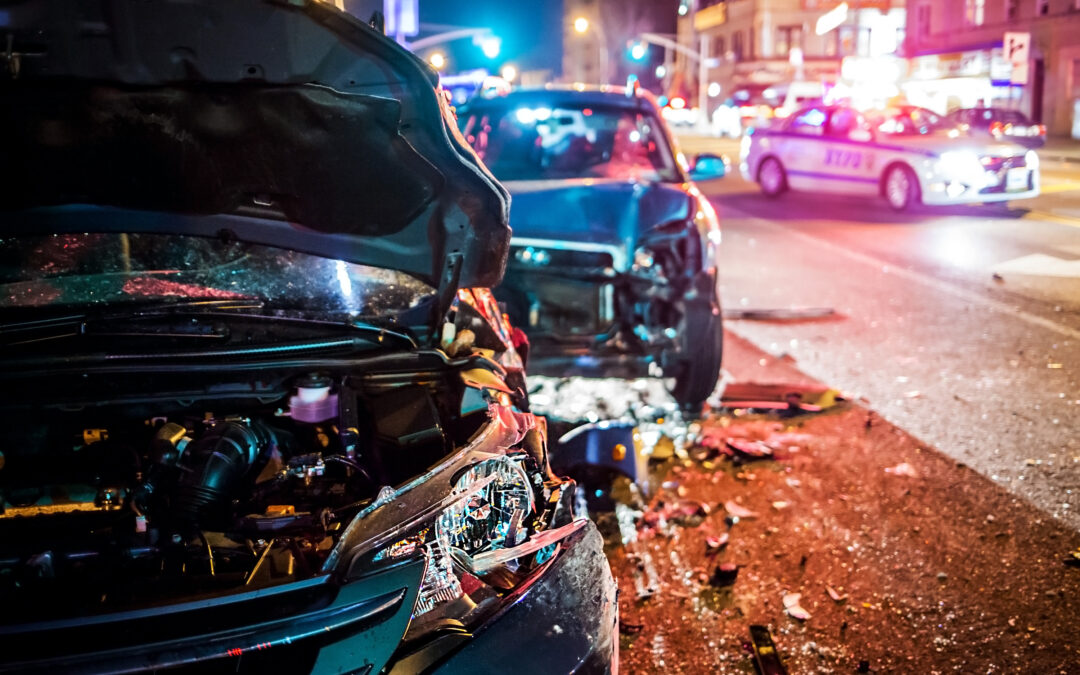Who Is At Fault in a Chain Reaction Car Accident?
While car accidents are an issue that occurs every day, determining the culprit in a chain reaction car accident could be challenging as it involves three or more cars. Unfortunately, assigning liability in such accidents is usually confusing.
If you or your loved one is involved in a chain reaction car accident, this article aims to shed light on who is at fault. Keep reading for more information.
What is a chain reaction car accident?
The meaning of a chain reaction car accident could be inferred from the name. Unlike the traditional car accident that could involve one or two cars, a minimum of three cars must be involved before it would be regarded as a chain reaction car accident. It could be a collision caused by one vehicle which will lead to other secondary collisions.
For instance, when a car is stopped by a red light, a speeding car from behind suddenly collides with it, and this leads to the first car releasing the brake and running into another car. The chain reaction continues that way and it might involve up to ten cars or more. Some of the factors that cause this issue are bad weather, bad roads, over speeding but the question remains who is at fault?
Who is at fault?
Now that we understand what a chain reaction car accident is, the next thing is for us to determine who is at fault. It is challenging to determine who is at fault and also assign liability when your car and multiple cars are involved in a chain reaction car accident.
Though it might be logical for you to blame the driver of the first car that caused the first accident and the subsequent ones, the truth, however, is that this might not always be the case. The primary driver who caused the accident might not be entirely responsible for it, especially when other drivers are not diligent. Nevertheless, the driver who caused the first crash might be held responsible for the multiple crashes.
The condition of the road, poor traffic lights, and the weather are other factors. The government agency might be assigned liability if the issue was caused by a poor traffic light or the condition of the road. The bottom line is that negligence is usually the primary cause of chain-reaction car accidents. It is either one of the drivers who has failed in his or her primary duty or the government agency has failed to do the right thing.
We can help you
When the driver of the car that caused the initial crash is held liable, the common thing they do is to use their liability insurance to cover all the damages from the accident. Despite the involvement of the insurance company, you could incur additional expenses when the damages are beyond the limit of the insurance company. In this instance, the only alternative you have is to file a lawsuit against the culprit or other parties involved.
Moreover, it could be a challenging task to determine the culprit and the total losses incurred without a thorough investigation from experts. You will need the service of a law firm to do this. We will help you to review all the documents and evidence, identify the culprit, and ensure that you get the right compensation.
Final thought
It could be additional expenses when you or your loved one is involved in a chain-reaction car accident. Challenging the legality of the situation might save you from some burden. Our team at Oakes Law Group can help you recover your loss.

